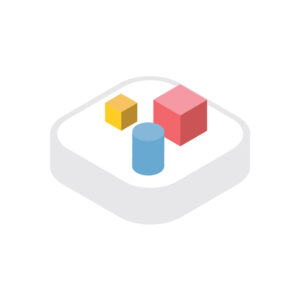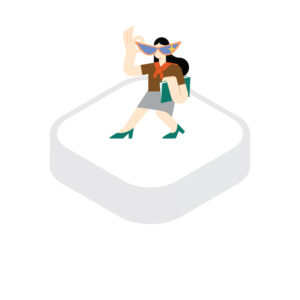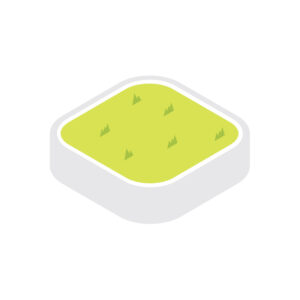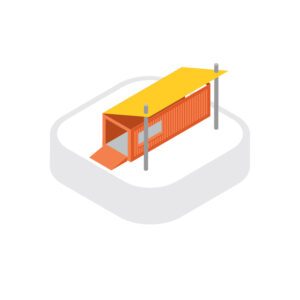Everyone can play and relax in their own ways at the POS
A FLEXIBLE POS is:
- A POS that offers flexible and multi-functional spaces for different activities and users of different physical abilities.
#entrance #sitegrading #zoning #spatialconfiguration #signage #theme #dividers&separation #surfacefinishing #furniture #structure #equipment #softlandscape
What If I Could Make A FLEXIBLE POS POSsible!?
What if I could consider flexible designs that enable diverse uses?
What if I could consider corresponding management models that allow different activities?
What if I could use the spaces in different ways?







